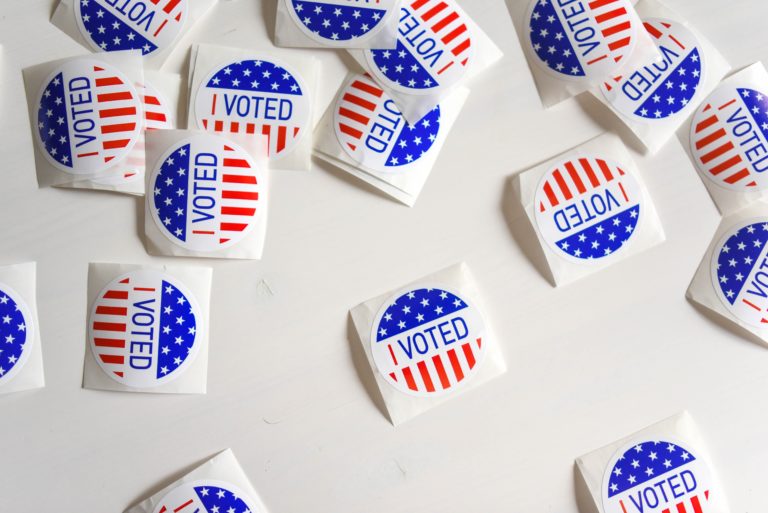As we gear up to celebrate the centennial anniversary of the 19th Amendment in 2020 and see a…
Missing from the Conversations about Tech and Elections? Women.

According to data from the Pew Research Center, about 44 percent of Americans used Twitter, Facebook, and Instagram as sources of information for the 2016 Presidential campaign, with 35 percent of 18-29 years old saying that social media was their primary source of political news. With this in mind, it makes sense that universities, think tanks, and foundations are investing significant resources and brain power to understand the intersection of democracy and technology.
Yet, they are doing so with a gigantic blind spot, involving about fifty percent of the population: women.
As a global fellow at the Wilson Center, I wrote #ShePersisted. Women, Politics & Power in the New Media World to understand, from a gender perspective, how social media impacts democratic processes, as well as the lives and choices of women politicians themselves, through personal interviews, desk research and a partnership with Marvelous AI, a data analytics company.
Using artificial intelligence to review the Twitter and news coverage of the Democratic primary for the 2020 Presidential elections, Marvelous AI uncovered that the nature of the coverage revealed significant differences and systematic patterns along gender lines. Female candidates were in fact targets of more attacks from right-wing and fake-news accounts than male politicians, and the narratives underlying their attacks were overwhelmingly negative and focused on their character, as opposed to their policies.
Most of the female politicians and political strategists I interviewed for my study reported experiencing online attacks– and how they took a real toll on their well-being and political careers.
Talking about her experience as the Women’s Vote Director for Hillary Clinton’s 2016 Presidential Campaign, Mini Timmaraju told me about being followed by “trolls and obvious bots, posting inflammatory replies and comments to intimidate and harass [their] female followers” and concluded: “the amount of energy that a woman has to spend online to defend her positions and her reputation is just overwhelming.”
This problem isn’t without a fix. There are best practices and innovations that are evidence-based and, if implemented, would significantly contribute to addressing this issue: from increased trainings, to the development of civil society friendly AI-tools and gender-sensitive digital literacy policies and practices.
Yet, they are largely not being implemented.
Social media companies are only in small part beginning to grapple with the unwanted effects of their products and what’s worse, they are generally not held accountable by academic institutions working in the space of democracy and technology. As in so many other fields, women are invisible.
Paradoxically, as they aim at “fixing” the unintended consequences of Silicon Valley, they are replicating one of its most basic flaws: gender blindness. If they really care about ensuring that technology positively influences democratic outcomes, they should understand that women’s equal participation is a pre-requisite for strong, participatory governments – and fix their lenses soon.






